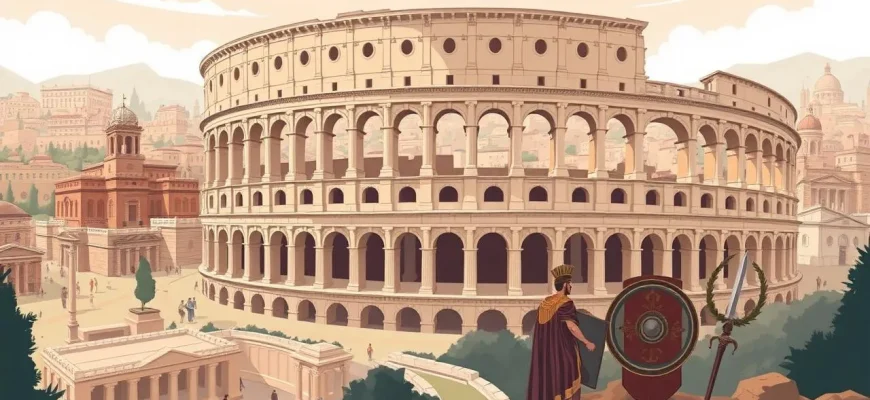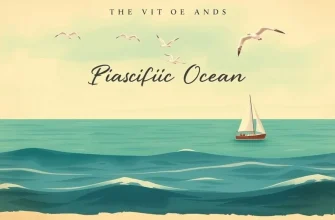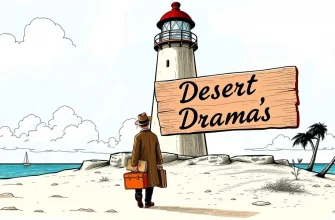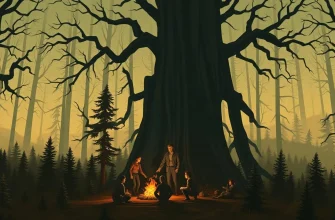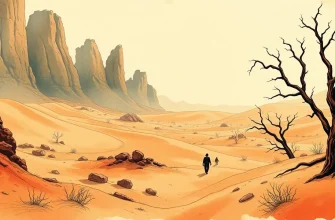The allure of ancient Rome has inspired countless filmmakers to capture its grandeur, political intrigue, and epic battles on screen. This curated list of ten films delves into the dramatic lives of Romans, from emperors to slaves, showcasing the rich tapestry of Roman history through compelling narratives. Whether you're a history buff or simply enjoy a good drama, these films provide both entertainment and a window into one of the world's most fascinating civilizations.

Quo Vadis (1951)
Description: Set during the reign of Nero, this film follows a Roman soldier who falls in love with a Christian woman, leading to a clash of faith and duty amidst the persecution of Christians.
Fact: The film was one of the first to use the wide-screen format, enhancing the epic feel of the Roman setting.
 Watch Now
Watch Now
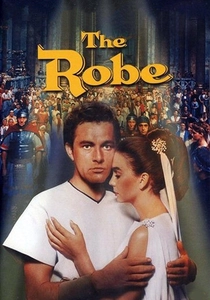
The Robe (1953)
Description: This film tells the story of Marcellus Gallio, the Roman tribune who wins Christ's robe in a dice game at the Crucifixion, leading him on a journey of faith and redemption.
Fact: It was the first film to be released in the widescreen format CinemaScope, revolutionizing the film industry.
 Watch Now
Watch Now
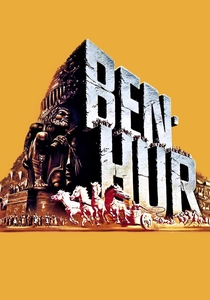
Ben-Hur (1959)
Description: A sweeping epic that tells the story of Judah Ben-Hur, a Jewish prince who is betrayed and enslaved by the Romans, only to return for vengeance and redemption. The chariot race scene is one of the most iconic in cinema.
Fact: It won a record 11 Academy Awards, including Best Picture, and was the highest-grossing film of its time.
 Watch Now
Watch Now
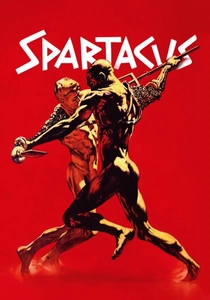
Spartacus (1960)
Description: This film chronicles the life of Spartacus, a Thracian gladiator who leads a massive slave uprising against the Roman Republic. It's a tale of freedom, leadership, and the struggle against oppression.
Fact: The film was directed by Stanley Kubrick and features a famous scene where the slaves declare "I am Spartacus!" to protect their leader's identity.
 Watch Now
Watch Now
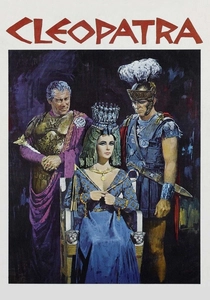
Cleopatra (1963)
Description: This lavish production focuses on the life of Cleopatra, the last pharaoh of Ancient Egypt, and her relationships with Julius Caesar and Mark Antony, set against the backdrop of Rome's political turmoil.
Fact: It was one of the most expensive films ever made at the time, with Elizabeth Taylor's performance as Cleopatra becoming legendary.
 Watch Now
Watch Now
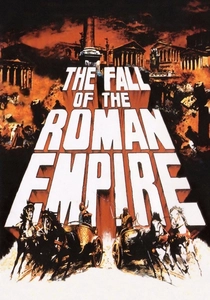
The Fall of the Roman Empire (1964)
Description: This film explores the decline of Rome through the eyes of its last great emperor, Marcus Aurelius, and his son Commodus, whose rule leads to the empire's downfall. It's a grand narrative of political intrigue and moral decay.
Fact: The film was shot on location in Spain, with sets that were so large they could be seen from space.
 Watch Now
Watch Now

Gladiator (2000)
Description: This epic tale follows Maximus Decimus Meridius, a betrayed Roman general who becomes a gladiator to seek revenge against the corrupt Emperor Commodus. It's a quintessential Roman drama with its portrayal of the Colosseum and the gladiatorial games.
Fact: The film won five Academy Awards, including Best Picture. Russell Crowe's portrayal of Maximus is often cited as one of the greatest performances in film history.
 Watch Now
Watch Now

Centurion (2010)
Description: This gritty film follows a group of Roman soldiers led by a centurion as they fight for survival after being ambushed by Pict warriors in Roman Britain.
Fact: The film was shot in the Scottish Highlands, providing a stark contrast to the typical Roman settings seen in other films.
 Watch Now
Watch Now
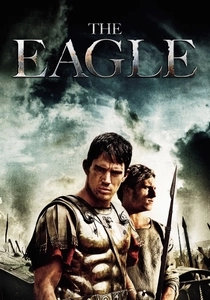
The Eagle (2011)
Description: A Roman soldier ventures north of Hadrian's Wall to recover the lost eagle standard of his father's legion, encountering the wild tribes of Britain in this tale of honor and adventure.
Fact: The film is based on the novel "The Eagle of the Ninth" by Rosemary Sutcliff, which explores the mystery of the Ninth Legion's disappearance.
 Watch Now
Watch Now
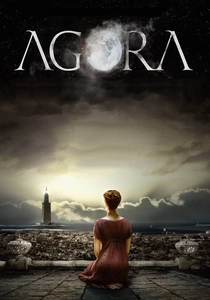
Agora (2009)
Description: Set in Roman Egypt, this film tells the story of Hypatia, a philosopher and astronomer, who faces religious and political turmoil as Christianity rises in the Roman Empire.
Fact: The film was praised for its accurate portrayal of ancient Alexandria and its scientific community.
 30 Days Free
30 Days Free

